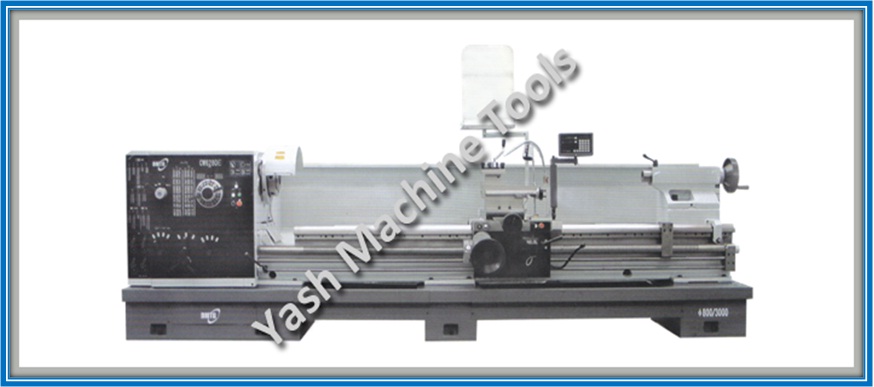A Few Basic Functions of Lathe Machines
A lathe machine is a machine tool that rotates around an axis of rotation on a horizontal axis to do different operations like cutting, carving, sanding, turning, face, and polishing, using tools that are applied at workpieces to form an exact, parallel object on that axis with perfect symmetry. Also called by other names such as cutters, scrapers, clamps, hammers, and gouges, the lathe usually has a blade on one end and a long work area on the opposite side of the blade for working. The attachment of these tools to the material to be cut, such as wood, metal, laminate, granite, marble, granite, or plaster, is usually achieved using a jig or groover. The lathe also has a chuck which is a rotating blade designed to cut materials into desired shapes.
Lathe machines can be classified according to the type of operation they perform. There are three commonly used types of lathe machine operation: Vertical, horizontal, and vertical-axis. Although there may be others, these are the most common.
Basic Classification of Lathe Machines
Vertical-axis lathe machine operation consists of rotary and linear movement. The work piece is placed on a horizontal plane and the lathe begins moving vertically through the vertical axis on the outside of the piece. As the work moves toward the centre of the lathe, the rotary tool changes positions so that it can also change positions, moving into position over and under the first position of the operation. These types of operations may be performed with one, two, or three rotation speeds.
Horizontal-axis lathe operations consist of rotary and linear movement. This type of operation must be started by turning the work in a clockwise direction until the end of the line is reached. The lathe machine is then turned into a perpendicular position by angling the shaft to the right and left. To get a symmetrical result, the same start position and end position should be used. Shafts must be turned to the right angle at the end of the turn, and the turning must occur until the shaft is opposite the rotation of the axis of the lathe.
Functions Related to Lathe Machine
Some lathe machines include functions such as a grinding function. Grinding occurs when the tool bit of the machine is moved against a material to produce a level surface. It is important for the operation of this type of machine that the tool bit be ground against the material at the same, or very near, the direction of movement of the rotation. The grinder may need to be turned in a counterclockwise direction during the operation to get the grinding effect just as in the case of vertical movement.
All of the previously mentioned types of machine operation can be combined in one single mechanism to complete one complete operation. For example, when a lathe machine is rotated by a powered tool with the help of a screwdriver, the turning of the lathe machine tool may be executed radially. In this case, the rotation of the tool need not be copied if the tool is turning in the opposite direction. In this case, the copy would be done exactly opposite to the direction of motion of the too.
This is all the basic information related to Lathe machines and their types. We at Yash Machine Tools have a large variety of lathe machines to choose from, and these machines perform great, and produce highly precise results, according to the needs of the customer.
- How Lathe Machine Manufacturers are Powering the Nation’s Engineering Growth in Canada?
- How Chamfer Machines Are Streamlining Metalwork in the UK’s Manufacturing Sector?
- How Feed Rate Adjustments Improve Surface Finish in Vertical CNC Milling Machines?
- How Radial Drilling Machines Achieve Low Vibration and Distortion Resistance?
- From Design to Execution: How CNC Press Brakes Ensure Seamless Workflow
- How to Optimize Sheet Metal Operations Using a Hydraulic Press Brake?



